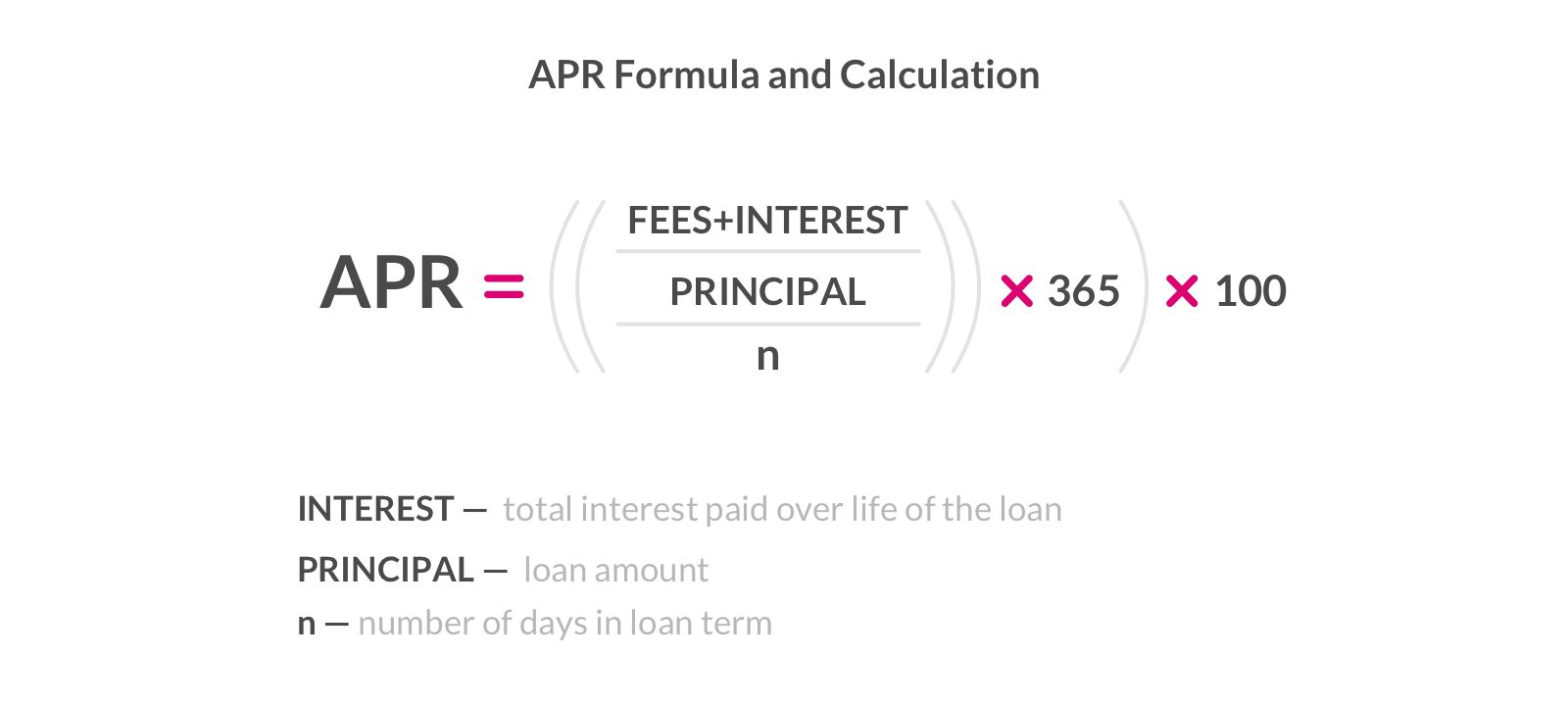

Finance
Unitized Endowment Pool (UEP) Definition
Published: February 13, 2024
Looking to understand Unitized Endowment Pool (UEP) in Finance? Discover the definition and benefits of this investment strategy in our comprehensive guide.
(Many of the links in this article redirect to a specific reviewed product. Your purchase of these products through affiliate links helps to generate commission for LiveWell, at no extra cost. Learn more)
What is a Unitized Endowment Pool (UEP)?
Welcome to another insightful post in our Finance category! Today, we will explore the world of Unitized Endowment Pools (UEPs). If you’ve ever wondered how endowments work and how they can benefit organizations and institutions, you’ve come to the right place. In simple terms, a UEP is a pooled investment fund that allows different endowments to be combined and managed as a single entity. Let’s dive in and understand this concept further.
Key Takeaways:
- A Unitized Endowment Pool (UEP) is an investment fund that combines various endowments into a single pool.
- UEPs provide benefits such as diversification, professional management, and increased access to investment opportunities.
Often, organizations or institutions establish endowments to ensure financial stability and support their long-term goals. These endowments typically consist of donated funds or assets, which are invested to generate returns. However, managing individual endowments can be complex and costly. This is where Unitized Endowment Pools come into play, offering a solution by pooling together multiple endowments into a single investment fund.
Now, you might be wondering, why would organizations prefer a UEP over managing their endowment individually? Let’s take a closer look at the advantages:
Advantages of Unitized Endowment Pools:
- Diversification: By pooling together different endowments, UEPs allow for enhanced diversification of investments. This diversification helps reduce risks by spreading investments across various asset classes, such as stocks, bonds, and real estate.
- Professional Management: UEPs are managed by professional investment managers who have expertise in maximizing returns while managing risks. This ensures that the endowment funds are in the hands of experienced professionals, relieving organizations from the burden of day-to-day investment decisions.
- Increased Access: Smaller endowments may face limitations in accessing certain investment opportunities due to high minimum investment requirements. By pooling their funds, organizations can benefit from economies of scale and gain access to a wider range of investment options.
- Cost Efficiency: Managing multiple endowments individually can incur higher administrative and investment management costs. UEPs provide a more cost-efficient solution since expenses can be shared among the participating organizations, making it a cost-effective option.
In conclusion, a Unitized Endowment Pool (UEP) is a valuable tool for organizations and institutions looking to streamline the management of their endowment funds. Through the advantages of diversification, professional management, increased access to investment opportunities, and cost efficiency, UEPs offer a compelling solution for long-term financial stability. Whether you are a nonprofit organization, a university, or any other entity with an endowment, considering a UEP might be a strategic move towards achieving your financial goals.
Thank you for joining us in this exploration of Unitized Endowment Pools (UEPs)! We hope you found this blog post informative and insightful. Stay tuned for more informative content in our Finance category.














